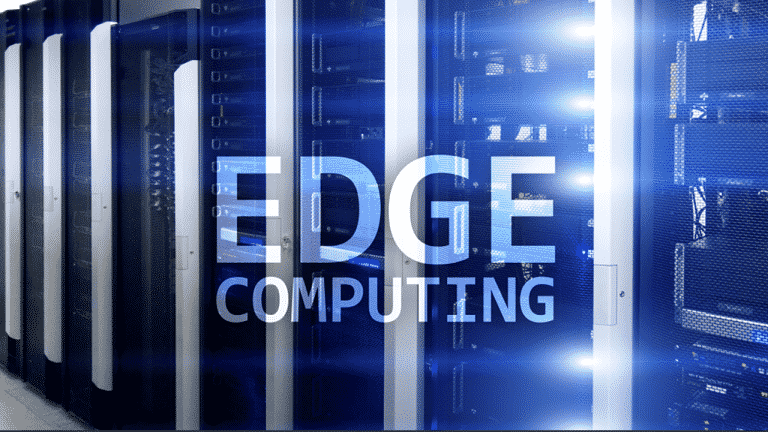For any business interested in conserving network resources, edge networking or branch routing could be the answer. The global edge computing market size was valued at USD 4.68 billion in 2020 and is expected to expand at a compound annual growth rate (CAGR) of 38.4% from 2021 to 2028, according to data published on Grand View Research. And no wonder.
These networks enable businesses to reduce bottlenecks, latency, and spending while providing optimized networking, high performance, and flexibility. Learn the differences between edge networking and branch routing and how they pertain to your business below.
Contents
Edge Router
An edge router sits at a network boundary, making use of an inside network to connect to outer networks. There are two demarcation points — or the actual physical location where the personal network ends and the private network begins — the WAN or wide area network and the internet. An edge router is the connection point between external networks.
The purpose of an edge router is to receive and send data back and forth from other networks. Edge routers handle incoming customer traffic into its network. Branch routers, on the other hand, often overlap the same functions. It all depends on the application. You see, an edge or a branch router sits in a remote part, or branch, of an enterprise’s network. These are segmented, working at the edge of a WAN, while still being a part of the corporate LAN. They maintain a connection. Since an edge and a branch router are similar, they are sometimes incorporated together as a single piece of hardware.
SD-WAN networking, however, is the next generation of WAN edge networking. Easily managed, it’s possible to allow for thousands of routers to connect to just one central controller. What’s more, SD-WAN operates over broadband, LTE, or fiber and through any service provider connection, like the Internet or MPLS. With optimal service at all times, SD-WAN routing is a smart and savvy way to improve the customer experience.
Benefits of SD-WAN
Why is this important? As businesses and organizations turn to applications and services on an organization’s network edge, instead of the cloud or a data center, the edge router’s built-in firewall capabilities halt malicious entities. But security isn’t the only benefit of an SD-WAN edge network.
As a whole, SD-WAN edge networks are agile and flexible, allowing for cloud-enabled and on-site scalable models. New policies can be quickly pushed to all devices in one go, reducing the load on IT management. With transport independence allowing for high-speed bandwidth across multiple means of transport, path control capabilities with multiple WAN pathways for better resilience and efficiency plus zero-touch deployment, it’s no wonder that growing businesses turn to SD-WAN.
Best SD-WAN Solutions
As the most popular kid in the school, SD-WAN can’t help but get attention. Unfortunately, finding the right vendor and a combination of features in SD-WAN routers can be tricky. To narrow down the list, consider how a solution could replace your current infrastructure. How will it meet your business requirements? Will it play well with your enterprise structure as it stands?
Do your research. What are the capabilities offered by a company? What features are tested and in-production and what is a part of a company’s road map for a future release? Make use of proofs of concept and sandboxes. Sign up for training opportunities. The more knowledge you have, and the more transparent the company, the better a decision you can make.
Edge is the Future
Edge networking’s heightened popularity may be fueled by the internet of things, but companies everywhere are taking note. Search for solutions to fit your needs, browse the company roadmap, and opt for training workshops to see how edge networks can work for you. With applications moving from data centers to edge networking, the possibilities appear almost endless.

